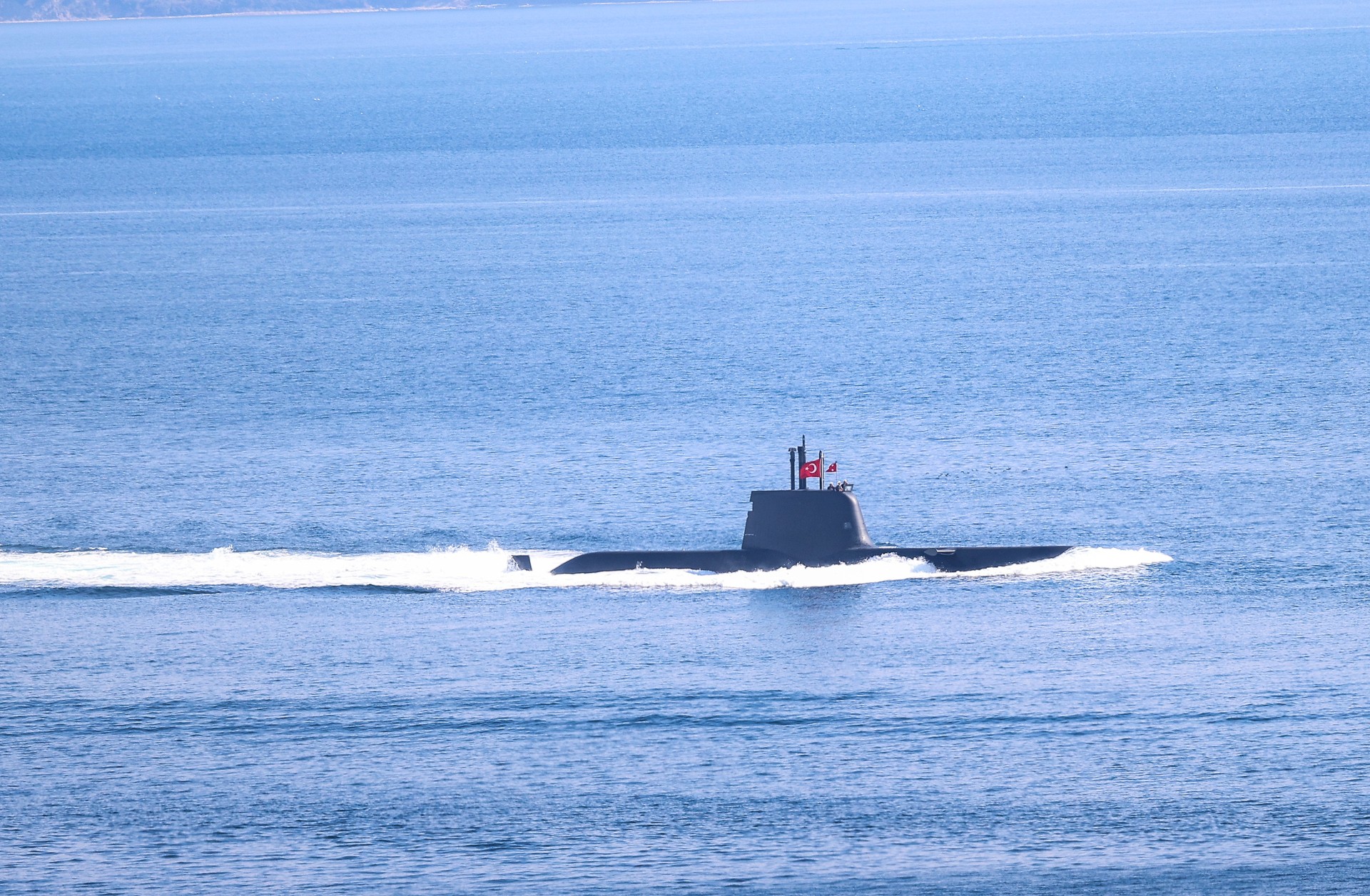
Admiral Ercument Tatlioglu, Commander of the Turkish Naval Forces, has confirmed that Türkiye intends to develop and export MILDEN-class submarines and pursue the construction of a nuclear-powered submarine.
The statements were made during an interview with Cem Devrim Yaylali on Warships International Fleet Review, published in two parts, the second of which appeared in May 2025, as reported by TurDef.
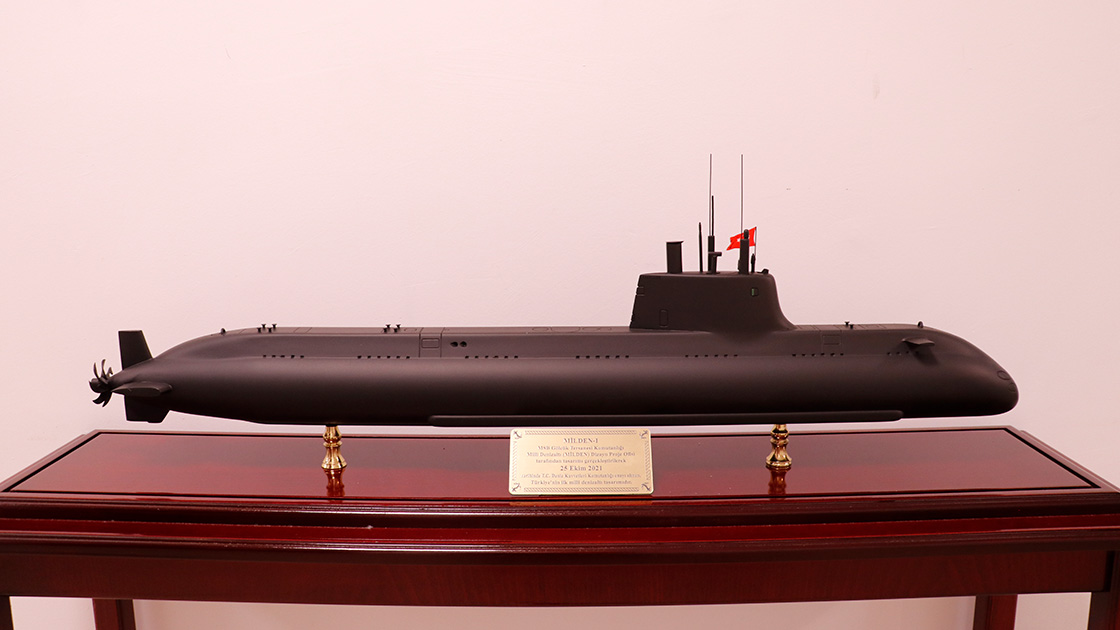
On the National Submarine, aka the MILDEN (Milli Denizalti – means national submarine) project, Tatlioglu said, "Building a submarine that meets all our operational needs, with a design and construction process entirely under our control, free from foreign dependency, has been a national aspiration for 139 years."
"Following its operational demonstration, we will also aim to export MILDEN to allied and friendly nations based on national interests," he added.
The MILDEN program, initiated in 2010, is coordinated by Turkish Naval Research Center Command (ARMERKOM) and developed by ASFAT and the Turkish Navy’s Project Design Office. The Concept Design was approved in January 2022.
Technical specifications include:
A version with vertical launch systems was publicly displayed at SAHA EXPO 2024, and ROKETSAN confirmed that the MIDLAS vertical launcher is being adapted for submarine use.
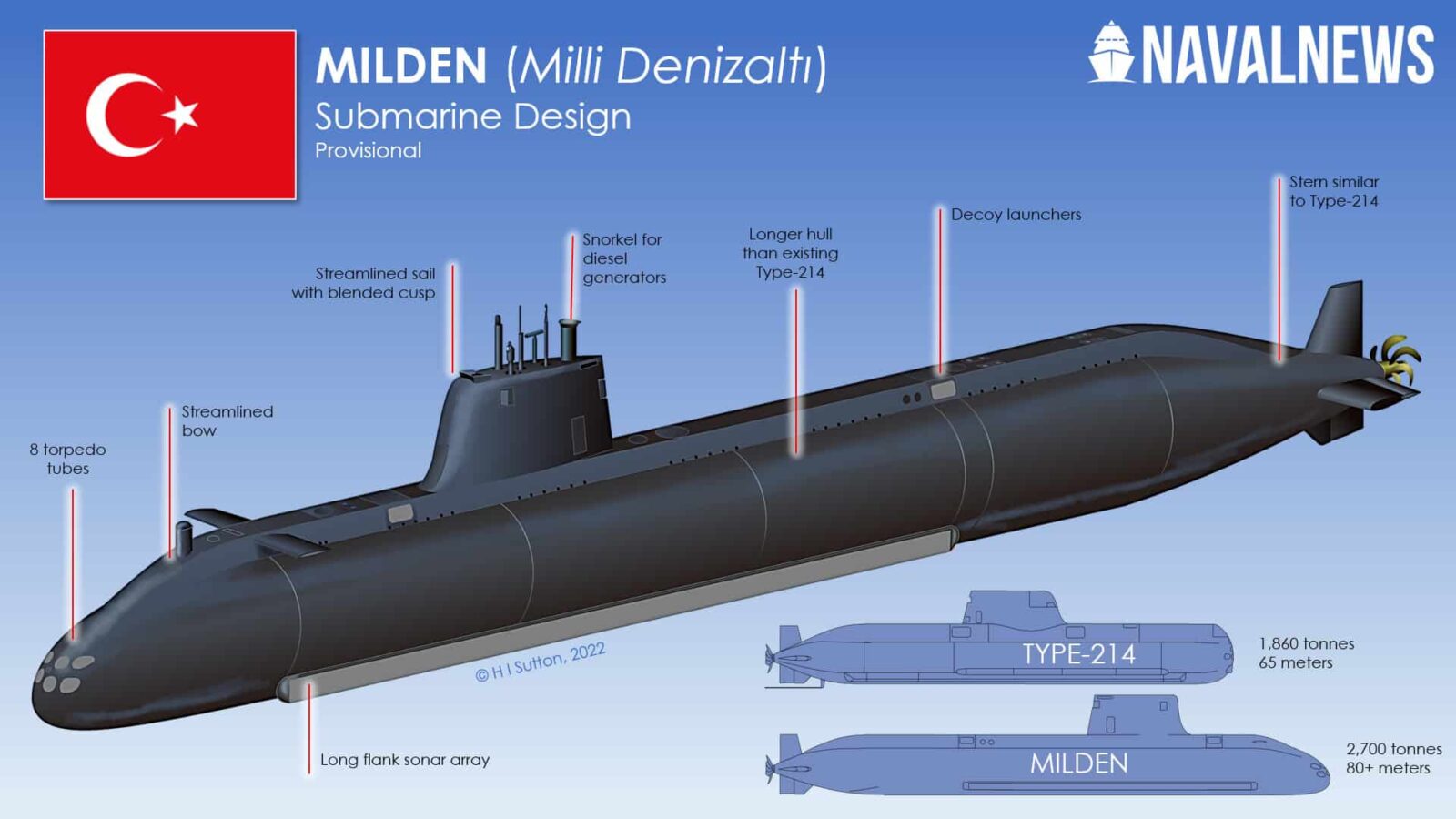
Tatlioglu emphasized continuity in submarine production at Golcuk Shipyard, active for nearly 50 years, "Ensuring uninterrupted construction with a submarine construction capability at Golcuk Shipyard Command… we preserve and develop the submarine base for future generations after the Reis Class submarines. Via it we will also take a crucial step towards constructing nuclear-powered submarines, essential for our long-term submarine deterrence capability and vision of being a mid-scale power with global influence."
This vision is progressing alongside Türkiye's civilian nuclear energy program. The Akkuyu Nuclear Power Plant, built under a Build-Own-Operate (BOO) model by Russia's Rosatom, is scheduled to meet 10% of the nation’s electricity demand once fully operational by 2028.
Additional nuclear projects are underway with Russia, South Korea, and China, aiming for 20 GW nuclear capacity by 2050. Plans also include 5 GW of Small Modular Reactors (SMRs), whose strategic implications are being evaluated in Turkish military publications.
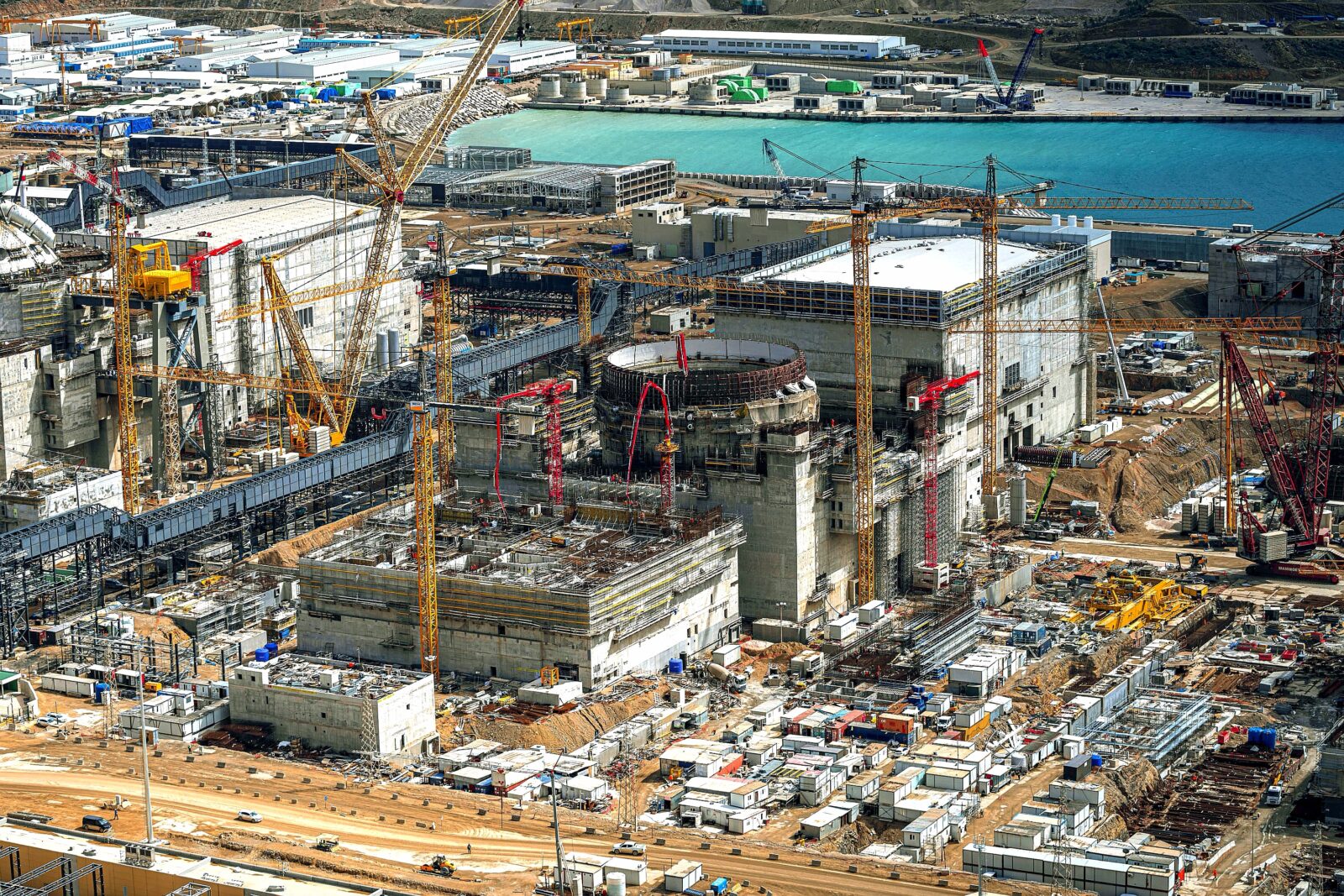
Tatlioglu outlined progress on the Reis-Class Submarine Project, derived from the German Type 214 platform, stating, "Domestically produced liquid hydrogen supports the AIP system. The introduction of six Reis Class submarines lowers the fleet’s average age, enhancing maintenance and operational effectiveness. Armed with Akya torpedoes, Atmaca and Gezgin missiles, and Malaman mines, the class achieves full localisation in weaponry."
The submarines, which include advanced sonar, satellite communication systems, and a floating antenna, are capable of mine-laying and Special Forces operations.
Using Air-Independent Propulsion (AIP) fuel cell technology, the class enables up to 14 days submerged endurance, boosting stealth and survivability. The first unit, TCG Pirireis, entered service in 2024.
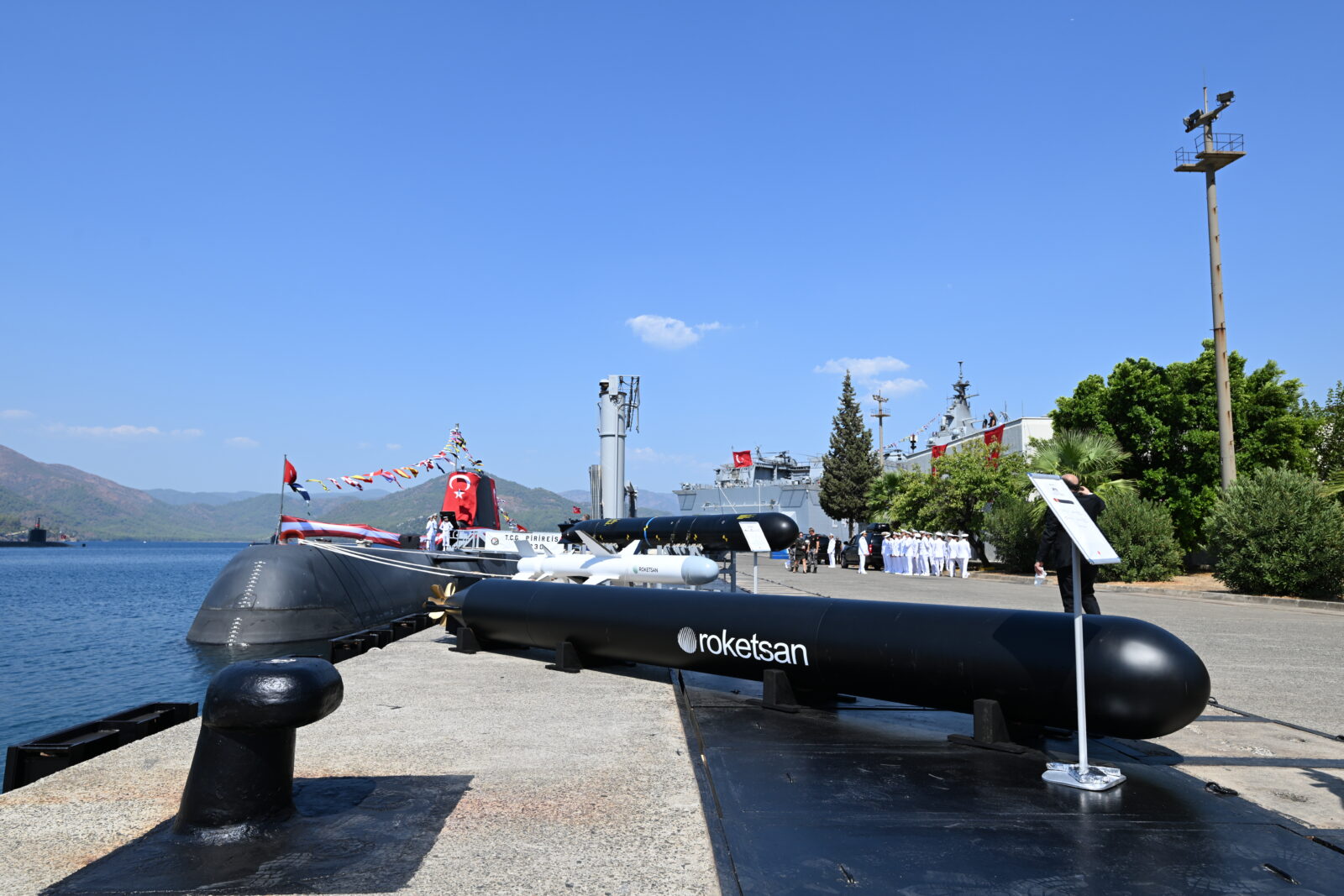
Tatlioglu also emphasized the increasing role of unmanned aerial and surface systems, "With the advancement of technology, unmanned systems are increasingly supporting manned platforms, eliminating the risk of loss of life and skilled personnel while significantly extending the operational reach of manned platforms through their advanced sensors and systems."
"These systems… are progressing towards a stage where they can autonomously execute many intermediate decisions and operations while keeping humans in the highest tier of the decision-making cycle for ethical considerations," he added.
Current platforms include Bayraktar TB2, Akinci, and Aksungur UAVs, which conduct reconnaissance, target designation, and strike missions.
The Navy is also investing in Unmanned Surface Vessels (USVs) for mine warfare, reconnaissance, EW, and anti-submarine operations.
"The inventory and planned acquisition of Kamikaze USVs will serve as a significant deterrent force for our Navy," he concluded.

Tatlioglu also highlighted the importance of the TF-2000 destroyer project, stating, "The TF-2000 is designed to enhance our Navy’s air-defence capabilities, which are crucial in countering increasing threats from aircraft, UAVs, cruise missiles, and all types of guided munitions in modern warfare."
"Equipped with the National Vertical Launch System (MIDLAS) and indigenous guided-missiles, the TF-2000 will conduct regional-force air defence and offensive operations while also neutralising or suppressing critical targets using indigenous vertical systems", he added.
The project aims to create an invisible air defense shield and support joint operations alongside Türkiye's other naval platforms.
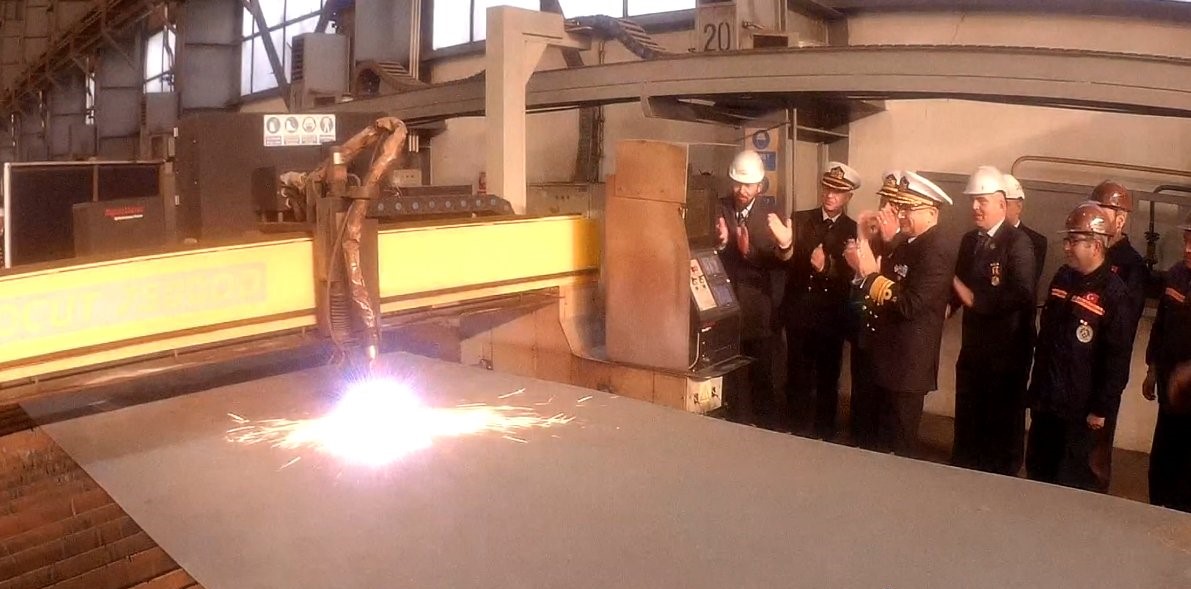
Tatlioglu concluded with Türkiye’s long-term strategic outlook, stating, "Türkiye’s naval modernisation efforts will not only strengthen the regional security environment but will also significantly extend its influence into the Indian Ocean, Red Sea, and Pacific regions."
"Projects like the National Aircraft Carrier, MILDEN submarines, TF-2000 destroyers, I-class frigates, Hisar-class patrol vessels, Reis-class submarines, and expanding UAV fleets are pillars of this transformation," he addd.
"Through these platforms: Türkiye aims to be among the world’s top five naval air forces. Extend operational range over 500 nautical miles. Maintain a strategic presence from the Mediterranean to the Pacific Ocean. Reinforce the Blue Homeland doctrine and secure sovereign maritime rights and developed with national resources, these projects serve as a guarantee for Türkiye’s future as a globally effective naval power," he concluded.